Natalia Borotkanych, DP in history, popularizer of science
January 12 will mark the 116th anniversary of the birth of the legendary engineer Sergiy Pavlovich Korolyov. We have prepared 13 facts that will help you to understand the essence of the ” Korolyov’s phenomenon”.Just twelve years after the end of the devastating World War II, which had a devastating effect on demography and the economy of the Soviet Union, after totalitarian repression that wiped out the best of the country’s intellectuals, the Soviet Union managed to launch the first artificial satellite into orbit. And then for another 10 years the country held the championship in space exploration. Behind the facade of space victories was the hard work of a group of engineers led by a secret Chief Designer — that’s right, in capital letters, but without a name.
1. A genius from Zhytomyr
Ukrainians learned from the obituary that the Chief Designer of the Soviet space program was born in Zhytomyr. Thus began the history of studying the biography of one of the most secret engineers of the USSR.
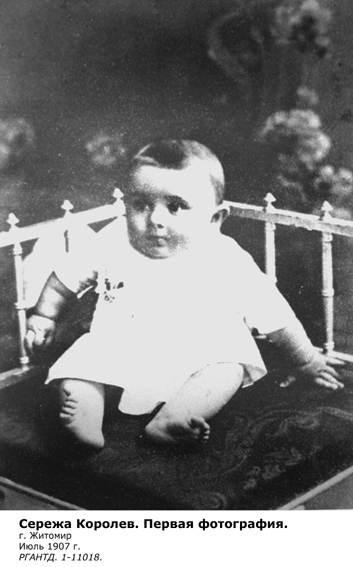
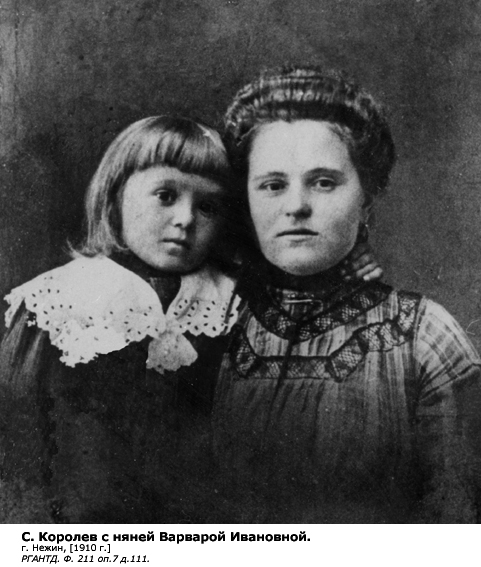
Sergiy Korolyov was born on January 12, 1907 in a house with two entrances in Dmitrivska Street. Today it is a Memorial House-Museum, where the interior of the beginning of the XX century is recreated according to the memoirs of Korolyov’s mother Maria Mykolayivna. The engineer’s mother donated to the museum personal and family belongings: photographs, utensils, household items, notes and drawings made by the genius scientist, his costume and even a strand of hair from his very first haircut.
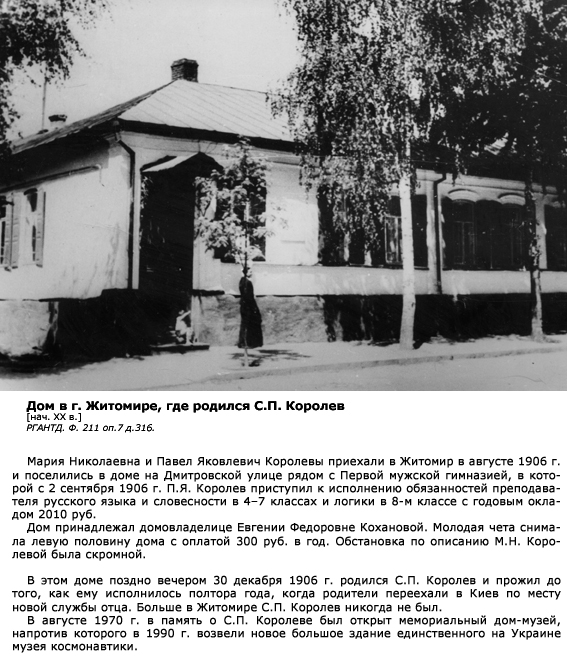
Maria Mykolayivna and Pavlo Yakovych moved to Zhytomyr in August 1906. They settled in a house in Dmitrivska Streetnot far from the First Male Gymnasium where Pavlo taught Russian literature and language in 4-7 grades, and logic in 8 grade getting the year salary of 2010 rubles.
The house belonged to Yevhenia Fedorivna Kohanovska. The young couple rented the left wing of the house paying 300 rubles a year. According to Maria Korolyova, the furniture in the house was pretty modest.
It is in this house, where Sergiy Korolyov was born on December 30, 1906, and lived there until a year and a half of age, when his parents moved to Kyiv due to job transfer. After that Sergiy Korolyov had never visited Zhytomyr.
In August 1970 a museum was founded in this house to commemorate Sergiy Korolyov. And on the opposite side of the street the only Museum of Cosmonautics in Ukraine was founded in 1990.
The young couple came to Zhytomyr in 1906. They were sent there due to the new job of the family. Pavlo Yakovych, was a teacher by craft. He taught Russian literature and logic at the First Male Gymnasium. The family’s life did not work out, because Maria Mykolayivna, who was married against her will, never fell in love with her husband. Even the birth of the firstborn did not save the marriage. When little Serhiy was three years old, his parents divorced, and the boy was sent to Nizhyn — to his maternal grandmother.
2. Cossack family
Serhiy Korolyov’s grandmother, Maria Matviyivna Moskalenko (Fursa), is the daughter of the former military Cossack Matviy Ivanovych Fursa, who was married to Evdokia Timofeevna Petrenko. The wife came from a family of Greek colonists who moved to the Hetmanate during the reign of Bohdan Khmelnytsky.
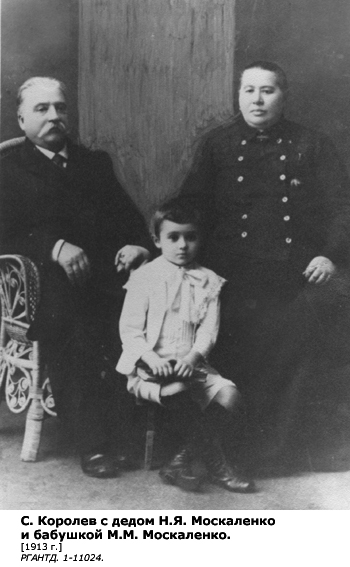
The family read a lot, discussed political events and played musical instruments. At the age of five, the boy learned the alphabet and learned to write. He had no friends among peers. They were afraid to let him out of the manor because his father threatened to kidnap him. In Nizhyn, little Serhiy saw the first flight of a plane piloted by pilot Utochkin, and enthusiastically told his grandmother: “Not only birds can fly.”
3. He built his first glider at the age of 17
Back in the school years in Odessa, where Korolyov ‘s stepfather was sent to work, the future engineer began to design gliders and aircraft. While studying at a vocational school, he also became a member of the newly organized Society of Aviation and Aeronautics of Ukraine and Crimea. There he took classes in the theory and practice of aircraft design.
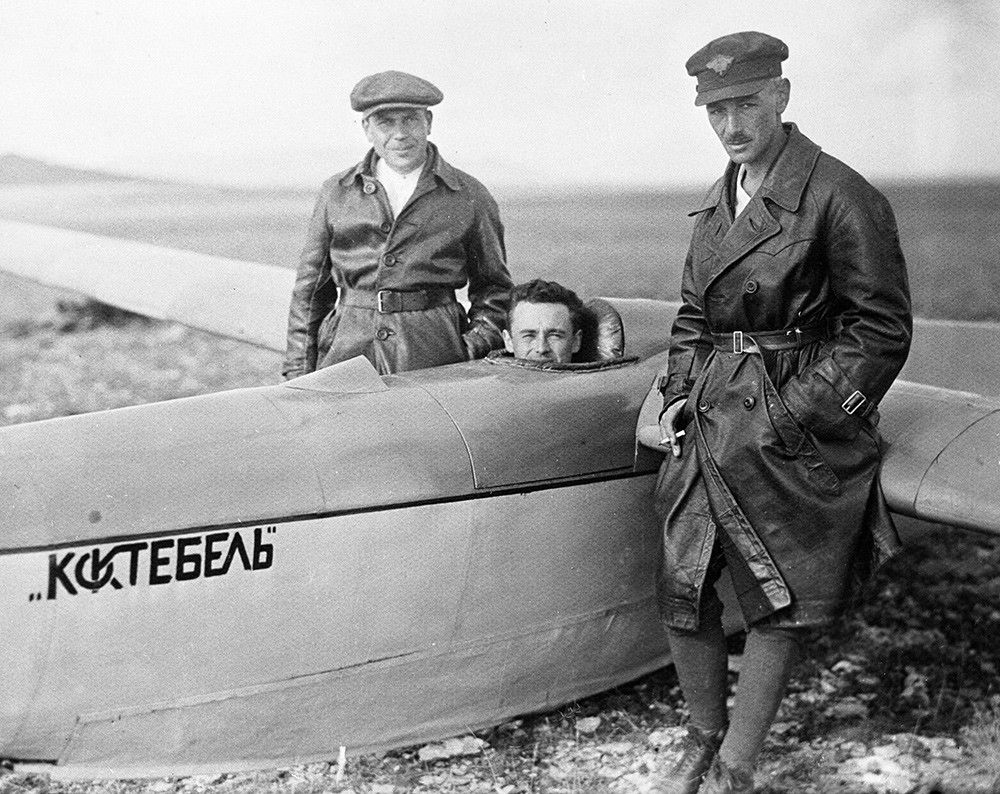
In July 1924, the presidium of the Odessa branch of the Society approved the drawings of the glider developed by the seventeen-year-old Korolyov. The project of the K-5 non-motorized aircraft was recognized as worthwhile and sent to the Central Sports Section in Kharkiv, which city then was the capital of Ukraine.Then Serhiy Korolyov studied at the Kyiv Polytechnic Institute, and later — at the Aeromechanical Faculty of M. Bauman Moscow State Technical University specializing on “aircraft construction”. Sergiy Korolyov combined his studies with work in the aviation industry. There he grew from the position of technician to a design engineer.
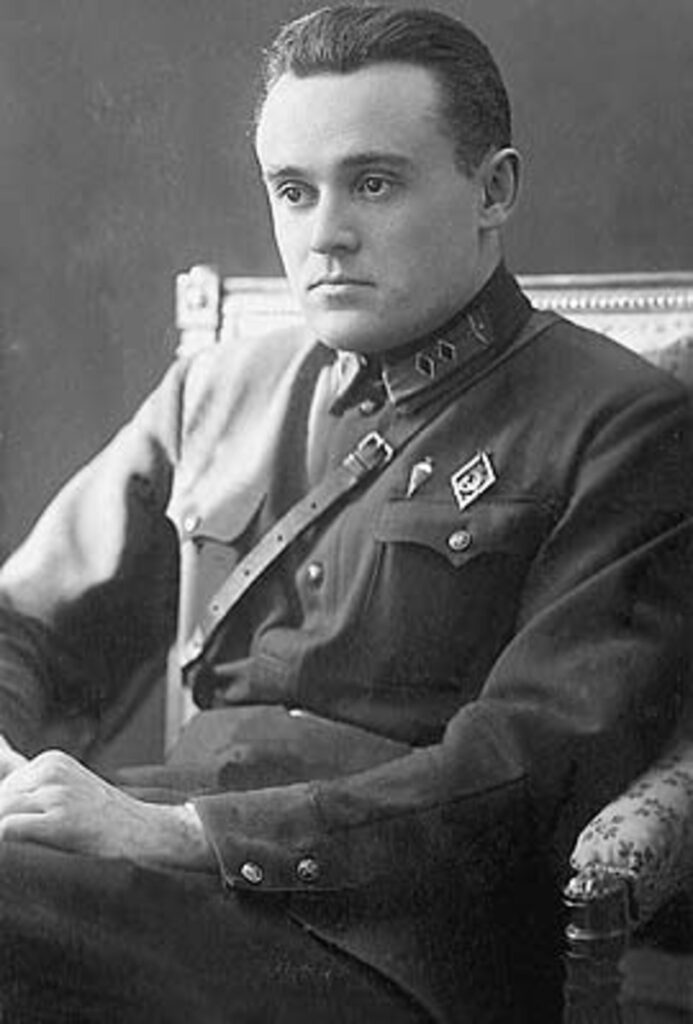
Meanwhile, Korolyov was practically convinced that the propeller aircraft had exhausted itself. In 1931, he joined the newly formed Jet Propulsion Study Group. In July 1932 (at the age of 25) he was appointed head of the group on a voluntary basis.
In 1933, the Jet Research Institute was formed in Moscow, Korolyov was appointed its deputy chief, and in 1937 he headed a group of rocket devices.
4. He did not like gold
On June 27, 1938, Korolyov was attacked by Stalin’s repressive machine. He was arrested due to the law section “Sabotage in the state industry.” Sentence: ten years in a labor camp with five years in prison and confiscation of property. The place of punishment is Kolyma.
So Sergiy Korolyov found himself in the Maldyak mine, mining gold. There, the legendary designer was abused by criminals and security guards, was forced to toil arduously, had scurvy… the fact that he survived at all is a real miracle.
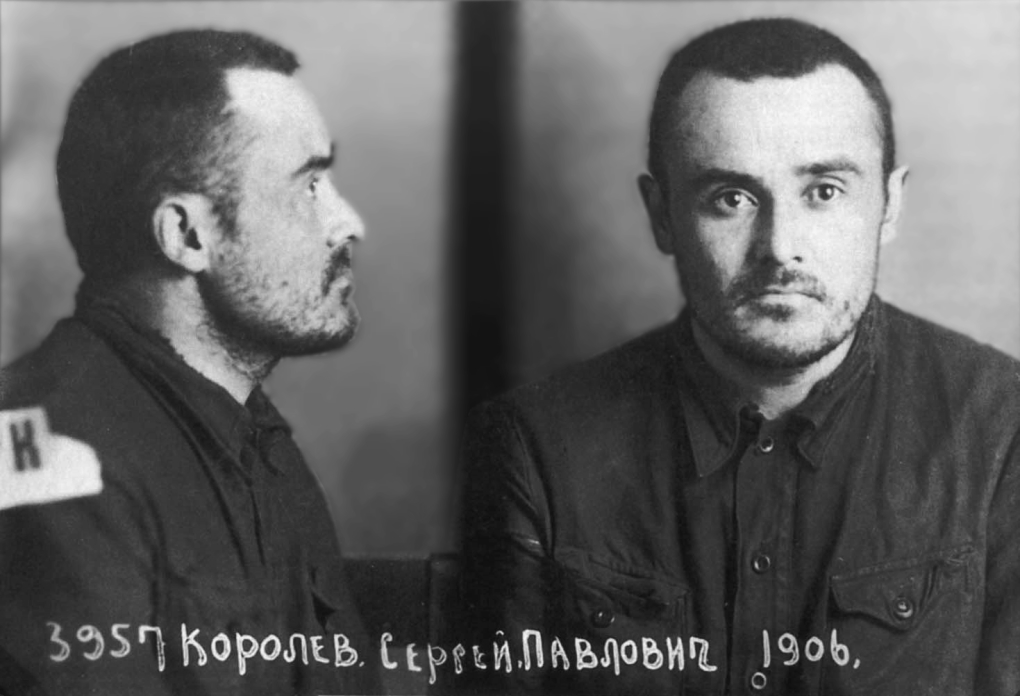
Korolyov’s daughter recalled that her father hated gold until the last days of his life. He had to haul gold-bearing sand from the quarry for eight and sometimes more hours a day. “Sand, sand, sand… for the sake of a handful of gold crumbs… Is gold worth such hard and exhausting work ?! It would be better to lie forever in the ground… ” — that are the words of Korolyov, as quoted by one of his biographers, Alexander Romanov.
5. He was late for the ship and survived
Many famous people asked for mercy for the Kolyma prisoner. It is not known whether Stalin received letters from prominent pilots Mikhail Gromov and Valentina Gryzodubova, but in 1939 Beria was instructed by Stalin to review the cases of defense experts.
In November 1939, Korolyov was informed that he was going to Moscow.
The convoy to Magadan took several days. The delay in processing the documents led to the fact that Sergiy Korolyov was late for the last steamer to Vladivostok that year. He later took it as a sign of destiny. The steamer “Indigirka” sank on December 12 during a storm off the coast of the Japanese island of Hokkaido. All the prisoners who were locked in the holds died.
6. “Public enemy” aka the Chief Designer
Since September 1940, Korolyov served a sentence in the Central Design Studio 29 (actually, a NKVD -controlled facility), which was headed by “prisoner” Tupolev. During the war, he and Tupolev, still being prisoners, designed Tu-2 battle aircraft. Later, the future Chief Designer worked in a similar “sharashka” (so was called secret research or design institutes, where the staff of scientists and engineers, mostly consisting of “public enemies”, worked under control of state security agencies”), where they developed jet engines. In 1944 he was released from prison, and in September 1945 he was sent to Germany as part of a commission to study German trophy technology, especially rocketry.
In 1946, Korolyov was appointed Chief Designer of Ballistic Missiles and Head of the Research Institute-88. Under his leadership, the first ballistic missiles in the Soviet Union were consistently created (ones that used virtually no aerodynamics during the flight).
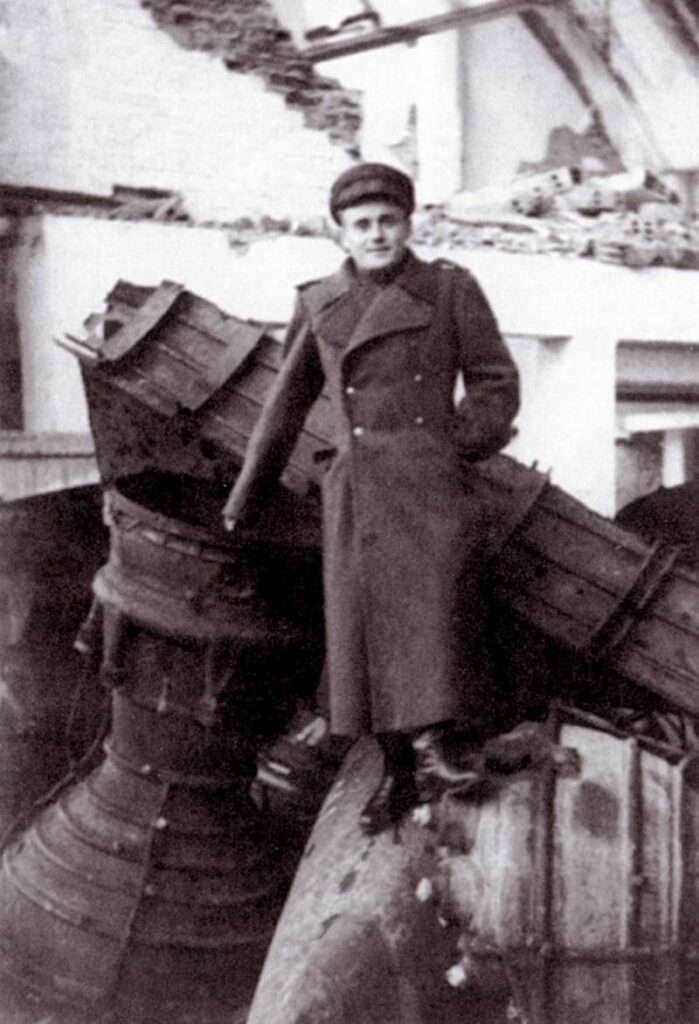
Since August 1956, Sergiy Korolyov was the head and chief designer of the country’s largest missile center OKB-1. He oversaw the activities of many research institutes and design centers. All this time he was still formally an “public enemy”. He was not rehabilitated until April 18, 1957, six months before the launch of the world’s first artificial satellite.
7. He could had been a Nobel laureate twice
The launch of the first artificial satellite of the Earth on October 4, 1957 opened a new era in human history — the era of practical space exploration. In addition to scientific and technological breakthroughs, the satellite was of great political importance. The whole world witnessed its flight. The signal emitted by it was caught by radio amateurs all over the globe.
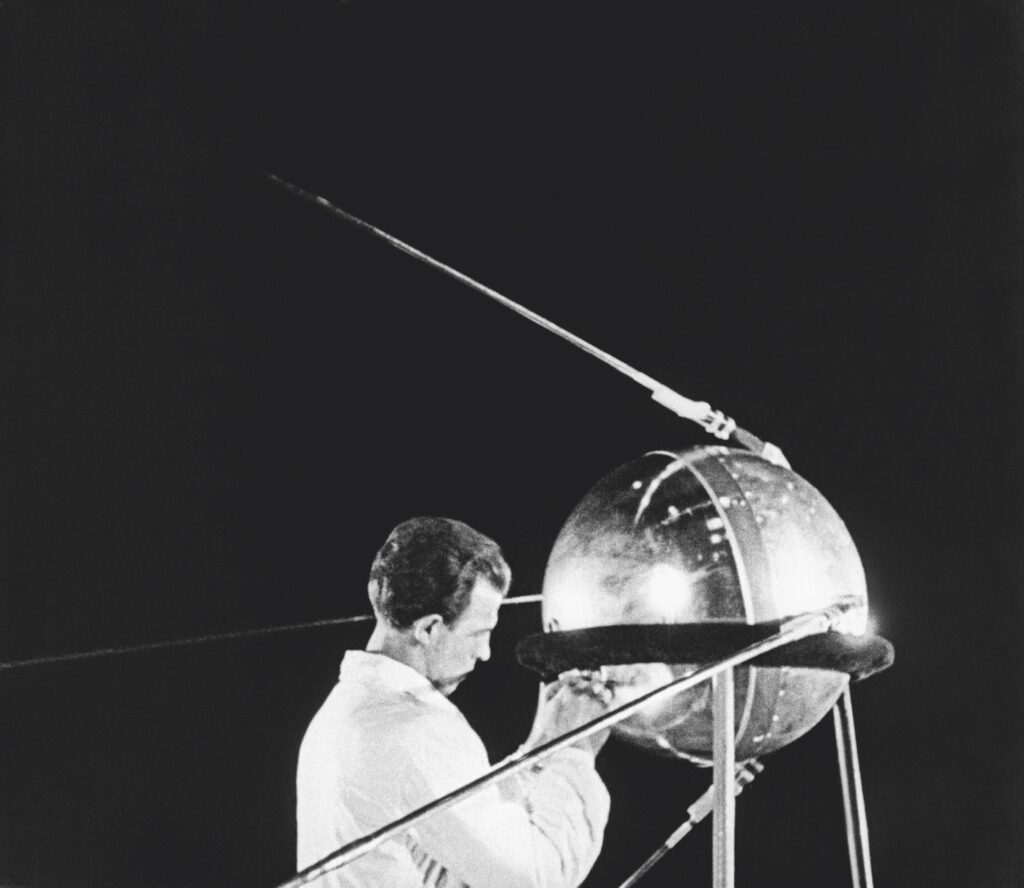
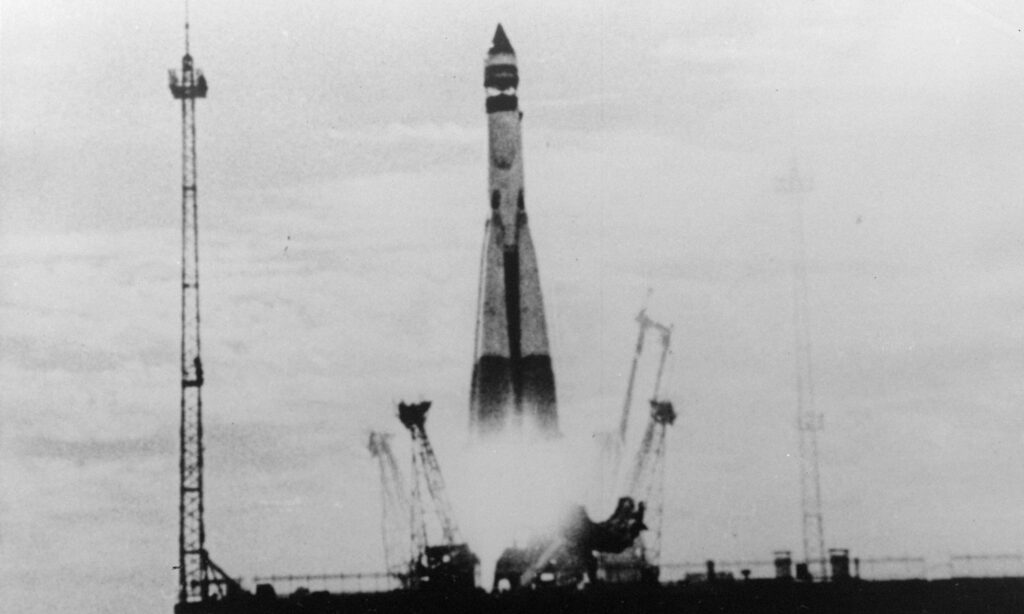
Due to the secrecy Korolyov did not receive the highest scientific award on the planet. When the Nobel Prize Committee asked the Soviet leadership to name the designer of the first artificial satellite of the Earth, President Nikita Khrushchev said that the developer of all new technologies in the USSR is the whole nation, not one person.The story of the Nobel Prize was repeated after the launch of the first man — Yuri Gagarin.
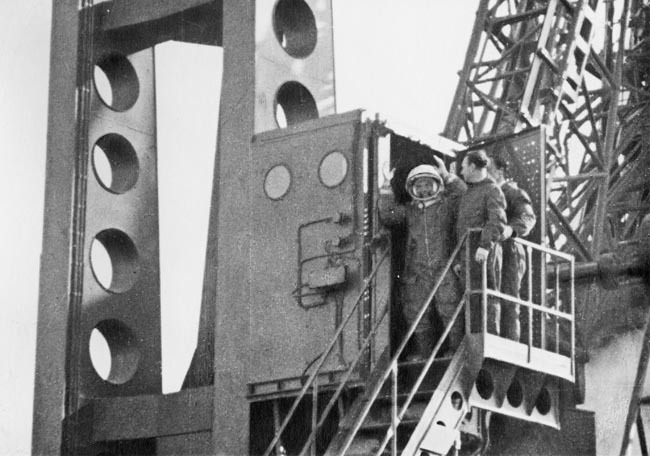
8. Ten “for the first time in human history” by Korolyov
In less than 10 years of space exploration, Sergiy Korolyov made so many achievements that his record is still unbeaten.
1957 — The first artificial satellite in the history of the Earth is launched.
1959 — The Luna-2 spacecraft reaches the Moon for the first time and leaves pennants on its surface.
1959 — Luna-3 photographs the reverse side of the moon for the first time.
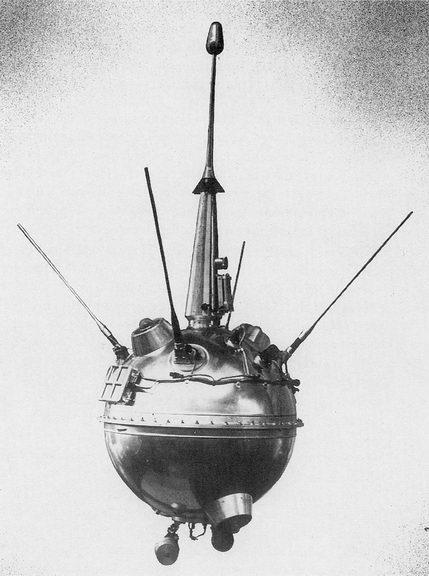
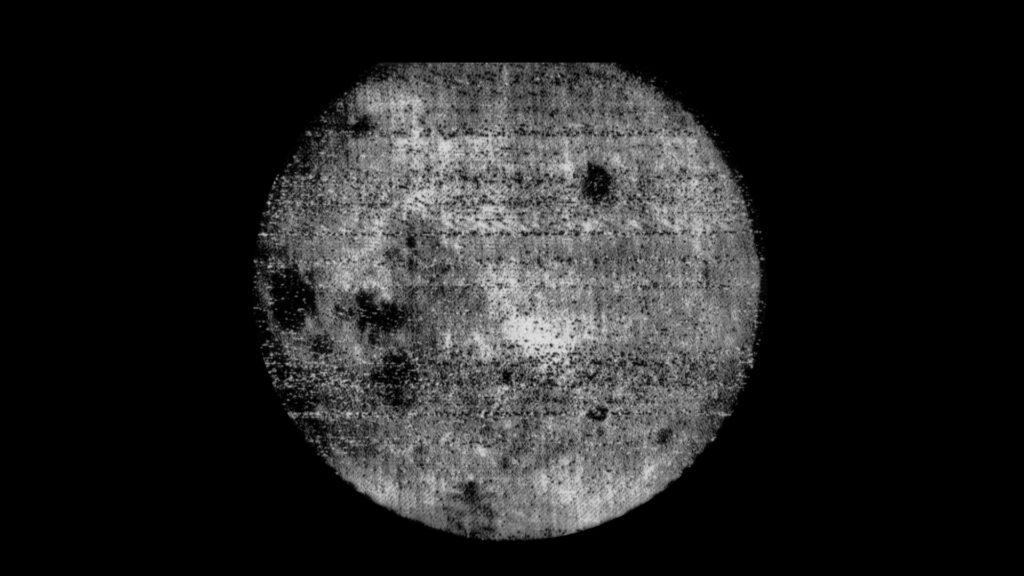
1961 — The first man (cosmonaut Yuri Gagarin) made a successful space flight on the ship “Vostok” (“The East”).
1962 — Mars-1 is the first spacecraft in history to be launched on a flight to the Red Planet.1962 — the first group flight of the Vostok-3 and Vostok-4 spacecraft. For the first time, two astronauts approached, maneuvered and communicated in space.
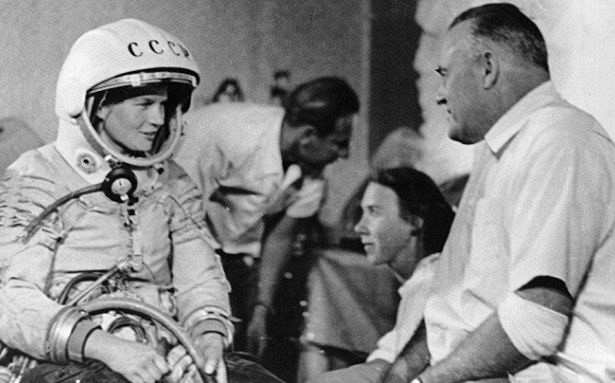
1963 — space flight of the first woman ever (Valentina Tereshkova)
1964 — The first multi-seater spacecraft “Voskhod” (“Sunrise”) series with three astronauts on board is launched into orbit.1965 — Cosmonaut Alexei Leonov for the first time in history leaves the ship ” Voskhod-2″ into outer space.
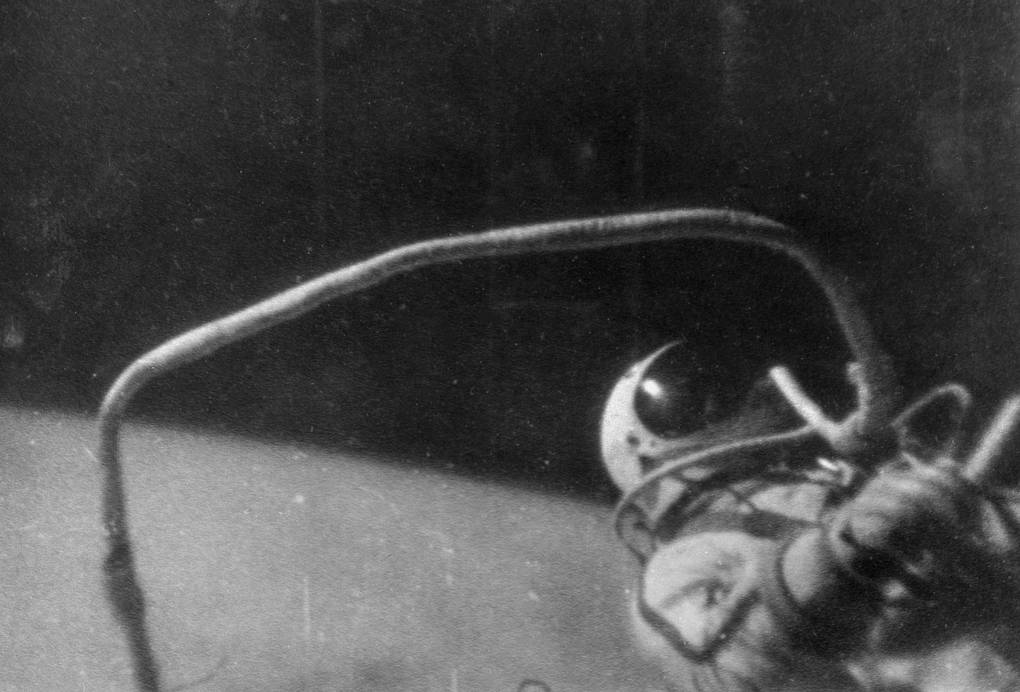
1965 — Venus 2 flies to another planet in the solar system for the first time.
9. His “Soyuz” (“Union”) spacecraft are still operating
In 1962, under the leadership of Korolyov, the development of the Soyuz spacecraft for the lunar program began. Later, this three-seater became the main “workhorse” of the Soviet Union, and then Russia, to deliver astronauts and cargo into space.
Even more, since the bringing to a close of the American Space Shuttle’s reusable spacecraft in 2011, the Korolyov’s Soyuz spacecraft (already well-modernized, of course) have become the only means of delivering crews to the International Space Station. This situation lasted until 2020.
10. The Korolyov ‘s Lunar Program
Many experts are of the opinion that if Korolyov had not died, the Soviet Union could have overtaken the United States in the “lunar race”. A more powerful rocket was needed to transport the crew to the Moon than the then-existing Korolyov’s “Number Seven”. A prospective analogue of the American superpower carrier Saturn V was Korolyov’s H-1. Unfortunately, Korolyov only managed to design it… the testing began after his death. Four attempts were made to send it into space, but all of them failed.The spacecraft for the astronauts’ flight to the moon “L-3” was also developed under the direction of Korolyov. Like the American Apollo, it consisted of two parts — an orbital spacecraft and a landing module. Interestingly, the landing module of the Soviet lunar spacecraft, which was named “Block E”, was made in Ukraine, in Dnipro (then called Dnepropetrovsk).
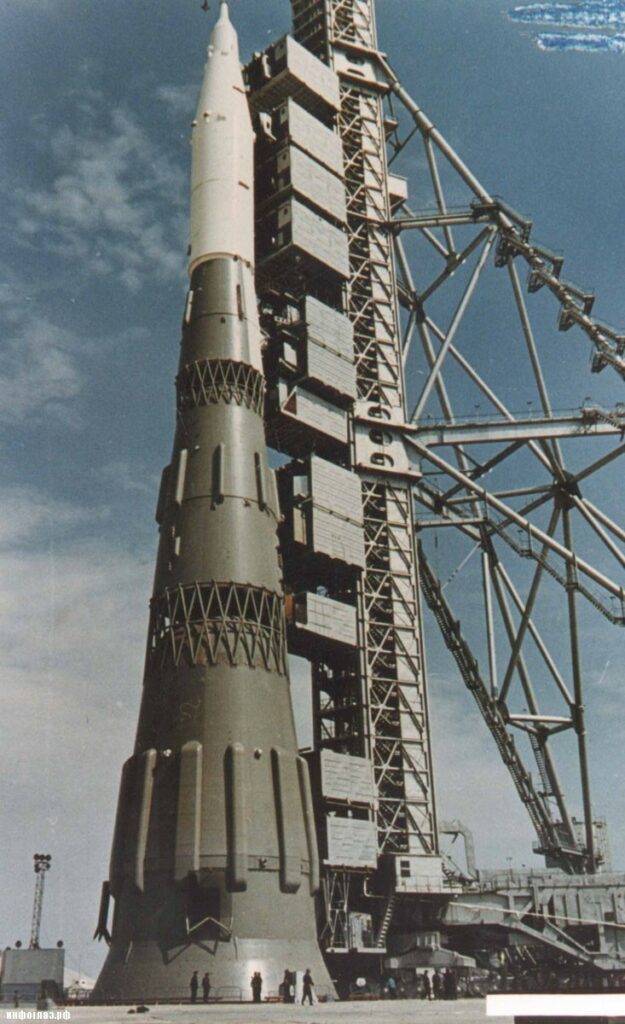
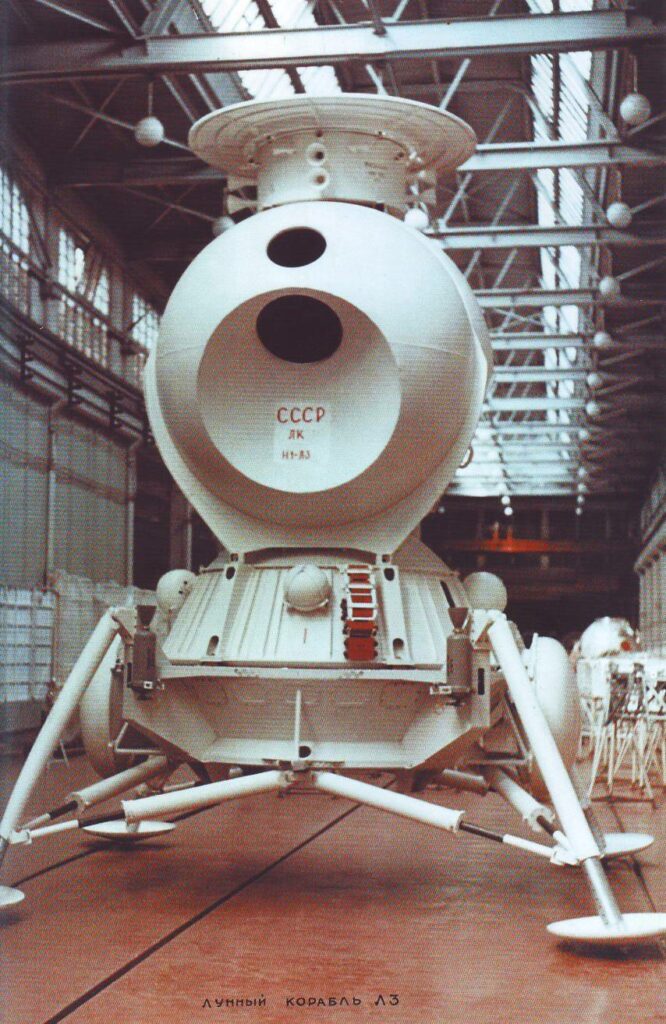
11. With Ukraine in heart
Serhiy Korolyov’s daughter recalls: “The very word ‘Ukraine’ was spoken in our family with reverence and great love. The first 24 years, almost half of his life, my father spent in Ukraine. He loved this land very much. He loved Ukrainian songs and the Ukrainian language. That’s true. Ukrainian songs “I look at the sky”, “The wide Dnieper roars and groans” — are the favorite songs of my grandmother and father”.
When the first Ukrainian cosmonaut Pavel Popovych was launched into orbit, he sang from space for the Chief Designer his favorite song “I’m looking at the sky…”
12. Two pennies for good luck
Serhiy Korolyov’s friends mentioned that, like all rocket launchers, he was superstitious: he did not like to launch on Monday, and he also had an aviator’s habit of always carrying two one-kopeck coins (pennies) with him.
In January 1966, the Chief Designer underwent a relatively simple operation to remove polyps in the intestine, but during the operation there were complications, and Korolyov’s heart failed. He died at the age of 59.The designer’s second wife, Nina Ivanivna, recalled that when she returned home from the hospital, she noticed that all his jacket pockets had been turned upside down — her husband was looking for his mascots.
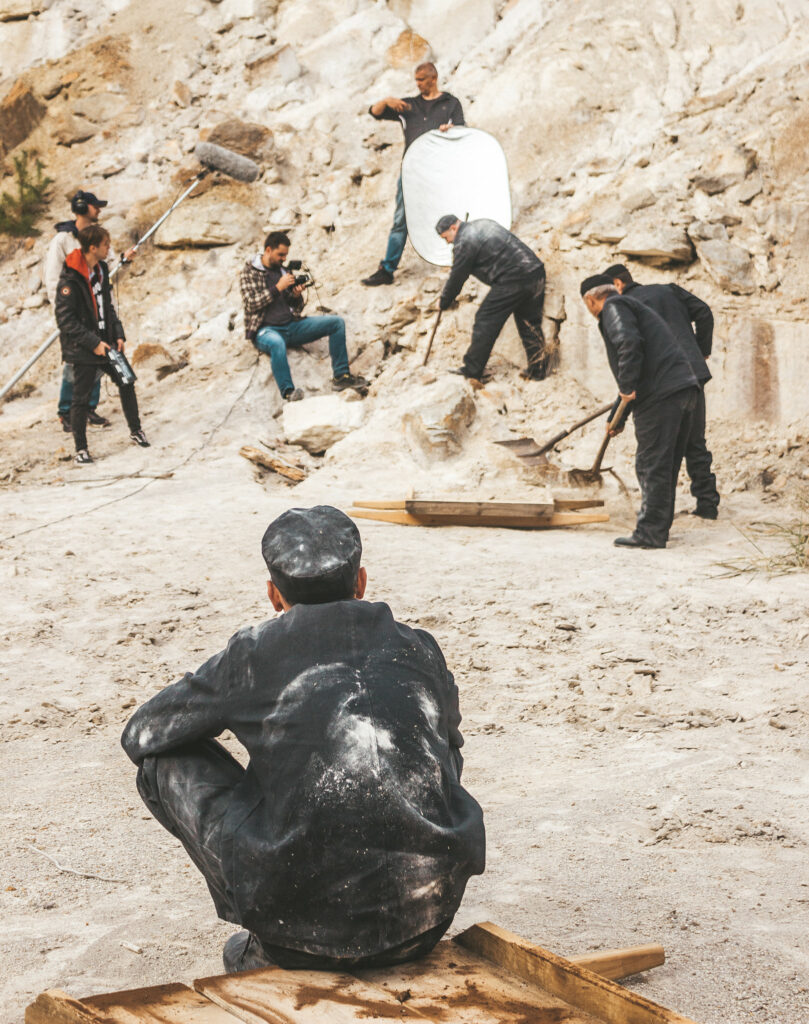
And finally — information for those who want to know more about the legendary Ukrainian. Film director and actor Petro Avramenko from Zhytomyr is working on the first domestic feature-length documentary about the life of Sergiy Korolyov entitled “Unbreakable. The way to the dream “.The film tells about the life of engineer Sergiy Korolyov — since childhood to the last days. They are working on it within the framework of the project “Unknown about known”. The most difficult thing, the director admits, was to find performers for the role of “star designer”. All actors are from Zhytomyr. The youngest is only 8 years old. The shooting took place in Zhytomyr, Berdychiv, Nizhyn, and Odessa.

